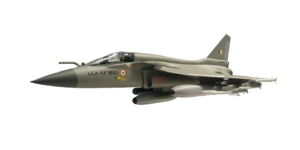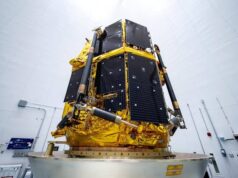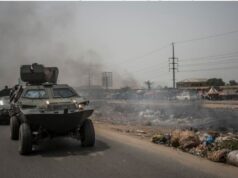Tejas MK2 Will Outbeat China’s J-20 Stealth Fighter

PLAAF likes to call the J20A as the “Mighty Dragon”. It is the People’s Liberation Army Air Force’s (PLAAF) heavy twin-engine, single-seat, multi-role jet and has a bit of low observability which is touted as Stealth.
It seems that even the the U.S. Defence Intelligence Agency has been awed by the Chinese claims and they have noted in a recent annual report to Congress titled Military and Security Developments Involving the People’s Republic of China: 2020, that J20As will bolster the air to air fighting capabilities of the Chinese Air Force. Probably this has been done to frighten the US Congress to release more funds for Defence budget.
According to the National Defence, the report also claimed that “the aircraft has high manoeuvrability, stealth characteristics, an internal weapons bay, advanced avionics and sensors providing enhanced situational awareness, advanced radar tracking and targeting capabilities, and integrated electronic warfare systems.”
The J-20 is the Central point of the PLAAF’s drive toward military modernization. They certainly have some high-end capabilities include passive sensors, active electronically scanned array radar, low-observability features, range on internal fuel, and long-range missiles—which make the J-20 a greater threat than any previous Chinese fighters. Many Westerners even say that J20 has copied from the F-22 and F-35, including nose cone shaping, the electro-optical targeting system (EOTS) under the nose, and the side-mounted (diverterless supersonic inlet) intakes.
China has claimed that the aircraft also boasts an array of advanced sensors, in addition to a fully digital glass cockpit and a helmet-mounted display.
Though many shortcomings have been observed. It is a less agile aircraft with forward canards which are suboptimal from a stealth perspective, and the planes have been powered by Russian AL-31 series engines due to which it is somewhat underpowered and unable to supercruise, and also has larger radar cross section. Though it is reasonable to assume that in future J-20B/C variants will continue to close the technological gap with other modern fighters.
Well most of the above characteristics are also be available with the Rafale jets and the SU30MKIs of the Indian Air Force. The forthcoming Teams MK2 will be having all the above capabilities and the AMCA will be even surpassing it.
What the IAF needs is the early induction of the above two types of fighters and in adequate numbers. So India needs to plan for induction of at least six squadrons of He has Mk2 by 2030 and at least one Squadron of AMCA. Of course the six squadrons if Two as Mk1A / Mk1 will already be there. To further boost up the numbers India should be looking at another two to four squadrons of Rafale and may be up to six squadrons of SU 57 MKIs.
“The rate of iterative development, testing and production also remains extremely high, meaning that while it may be a reasonable assumption that Chengdu have not yet solved the many challenges inherent in true sensor fusion and seamless passive sensor integration,




